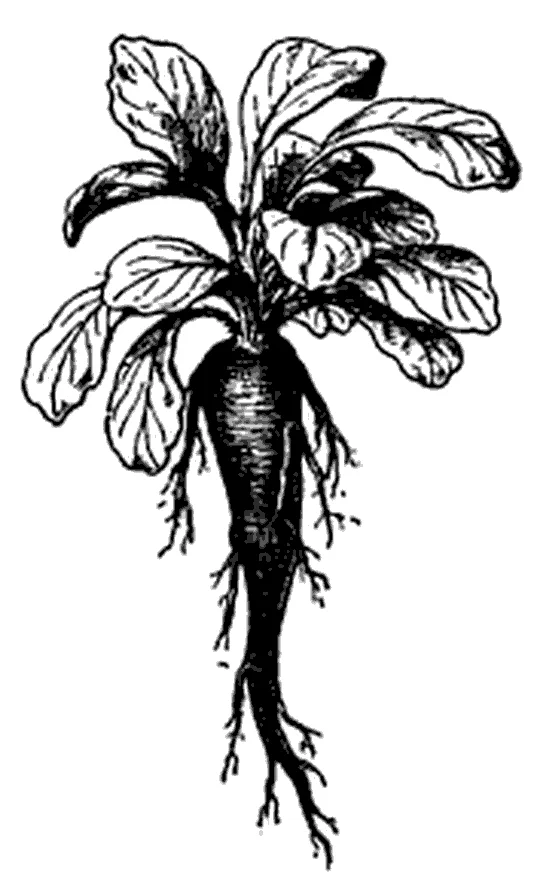Rapunzel
Rapunzel
RAPUNZEL SEEDS
Campanula rapunculus
This is indeed the root “Rapunzel" of the Brothers Grimm.
Rapunzel, or Rampion in English, is an ancient root crop that was commonly cultivated in the ancient vegetable gardens of Europe, since at least the 4th century BCE. Belonging to the vast family of Campanulaceae, so named for their “little bells", “rapunculus" is considered a diminutive of “rapa", or turnip, indicating its edible root. These days it can be found in the ditches and abandoned fields of Britain and beyond, a centuries-old garden escapee that has, without the aid of human selection, reverted for the most part to its primal ways and rarely possesses the qualities documented in so many botanical codices and materia medica.
“Rampion, Rapunculus, or the Esculent Campanula: the tender Roots, eaten in the Spring, like those of Radishes, but much more Nourishing." -- John Evelyn, 1699
“The roots and leaves of Campanula rampunculus, (Rampion), are prescribed, in decoction, for disorders of the wind-pipe. They are much cultivated in France for sallads; as they were in this country some years ago, though now almost universally neglected." -- Colin Milne, 1805
“Root esculent, far more delicate than turnips or radishes; juice odontalgic, seeds opthalmic." -- Samuel Frederick Gray, 1828
“The Rampion formerly regularly cultivated in English kitchen gardens, and much valued as a wholesome esculent vegetable, is seldom grown for use now." -- Maud Grieve, 1931
It's hard to believe that something so esteemed as to have been consumed in the temple of Apollo at Delphi could fall so far from grace. Fortunately someone has kept the fire burning: these seeds will produce sweet and relatively uniform radish-like roots. Further selection may be possible to increase the size and general quality, but take heed: this species is a prodigious self-sower, and if you allow it to sow itself in your garden you may never be rid of it. Best to harvest in the late autumn of the first year or very early spring in the second year. Tender green leaves persist in winter and are suitable for salad (or disorders of the wind-pipe).
Culture is similar to other root vegetables. Sow outdoors in spring or autumn. Seed is TINY!! Care is required when sowing. Consider mixing seed with very fine sand and sowing that very judiciously on the surface of loose, fertile soil. Or sow into flats indoors. Do not cover seeds, simply press and mist. Germination may be erratic and is usually best at cool, but not cold, temperatures. Thin or transplant seedlings to a minimum of 6" apart. Water frequently throughout the season. Harvest in very late autumn or early spring. Biennial. Edible flowers in the second year are a pretty pale blue or violet.
Packet contains around 300 very tiny seeds.
